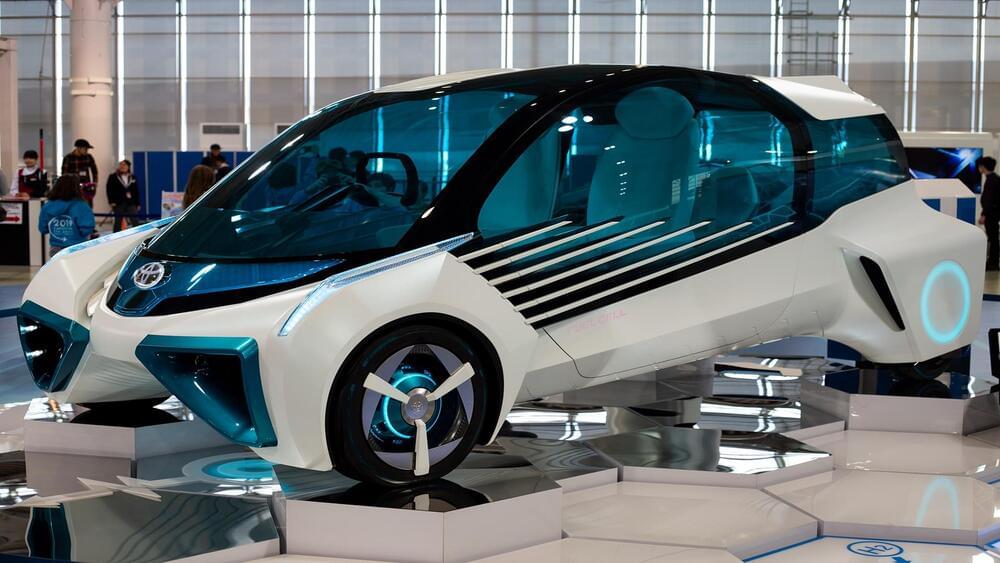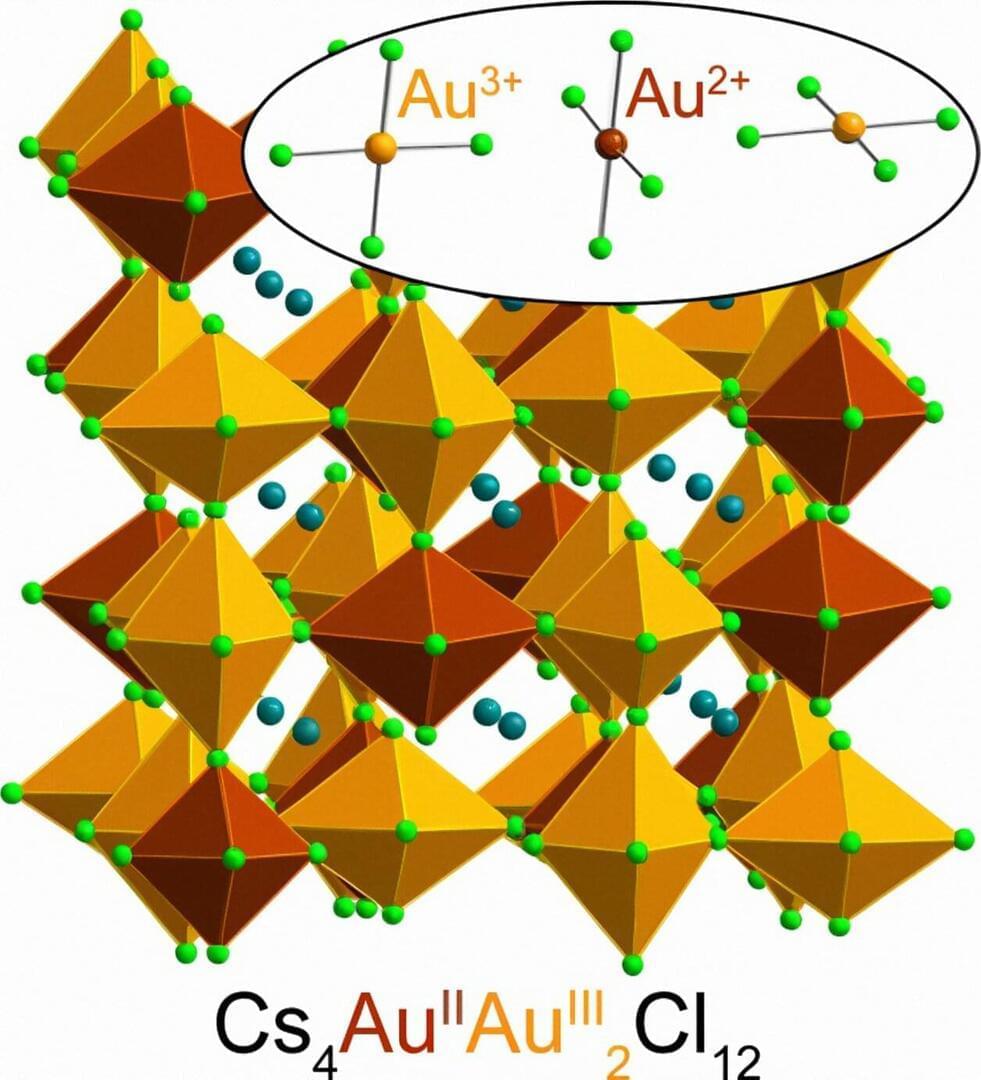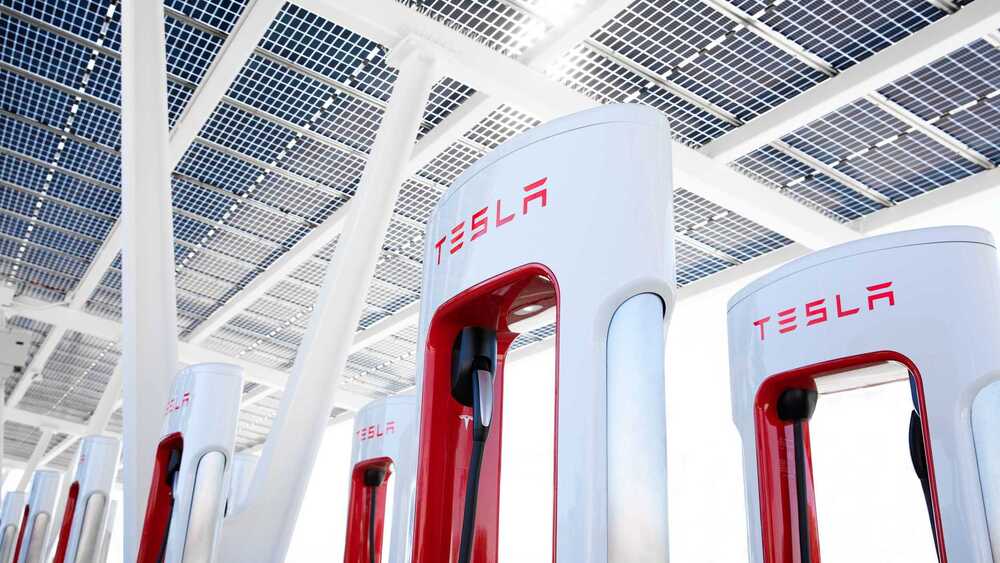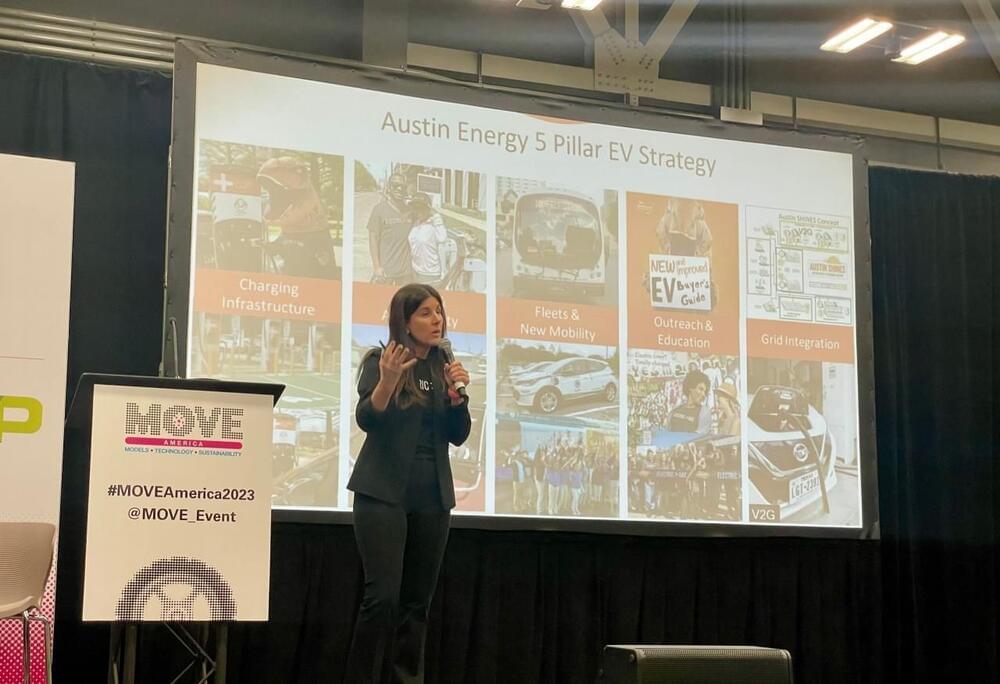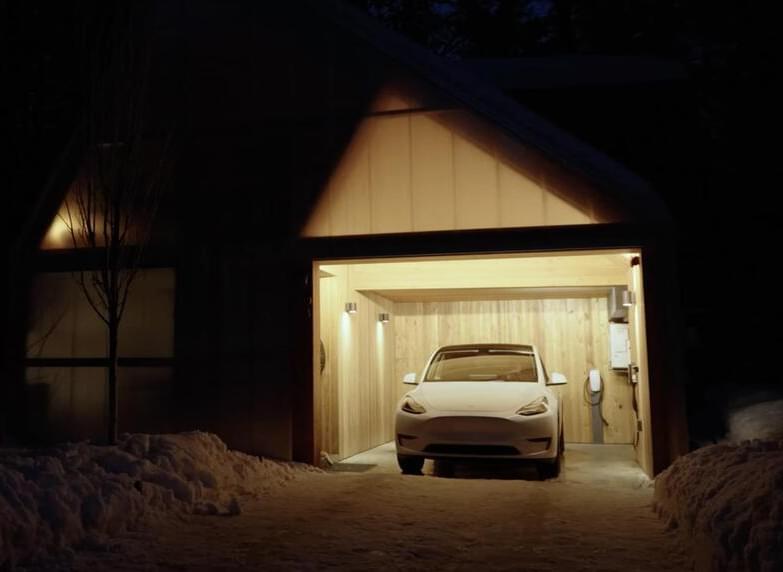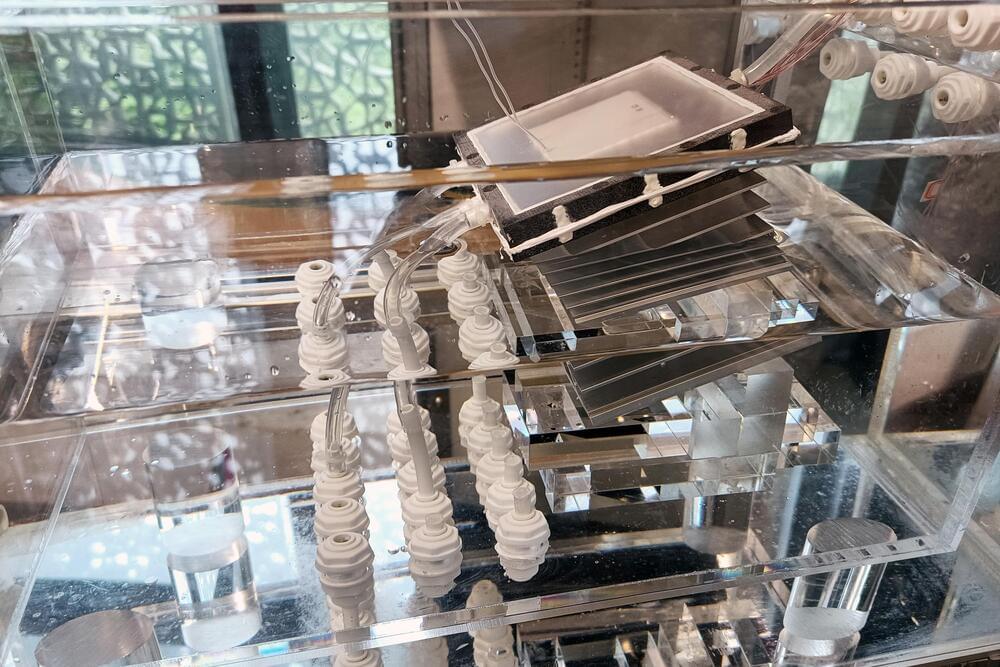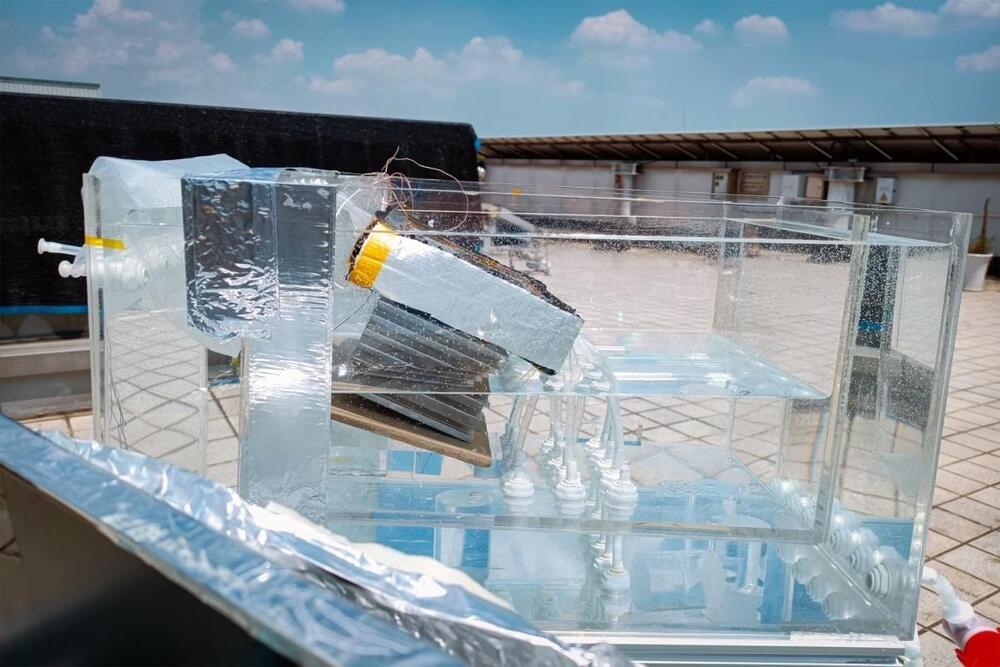Researchers used laser pulses to enhance MXene’s electrode properties, leading to a potential breakthrough in rechargeable battery technology that could surpass traditional lithium-ion batteries.
As the global community shifts towards renewable energy sources like solar and wind, the demand for high-performance rechargeable batteries is intensifying. These batteries are essential for storing energy from intermittent renewable sources. While today’s lithium-ion batteries are effective, there’s room for improvement. Developing new electrode materials is one way to improve their performance.


